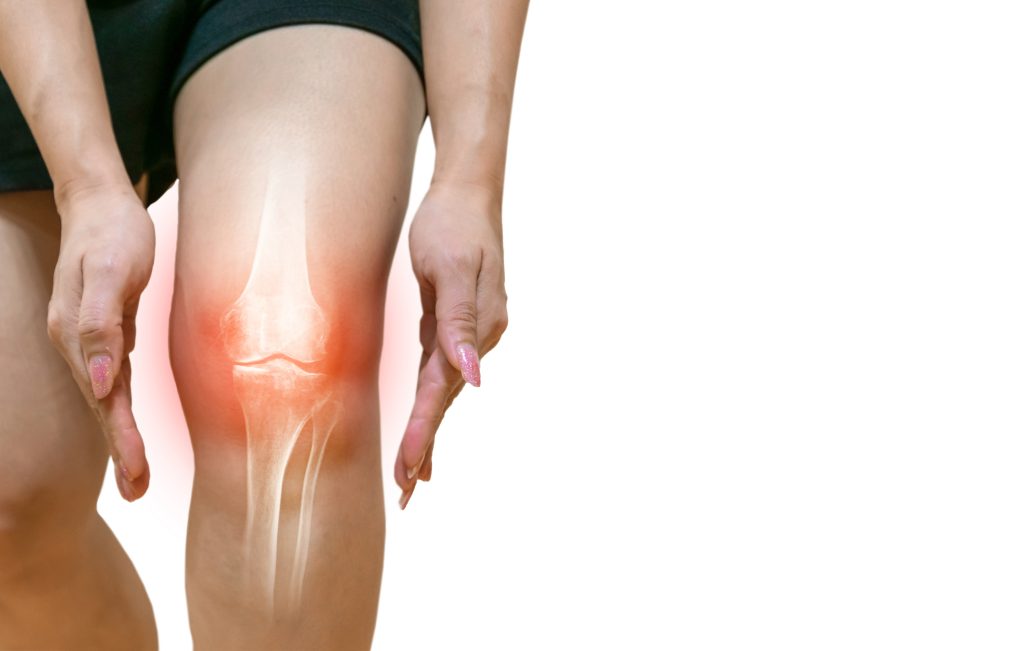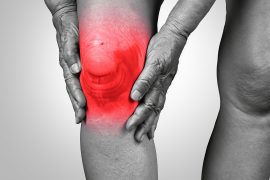Joint cartilage when damaged, can lead to pain and even disability. There are several causes of joint cartilage damage, including physical damage, infection, osteoarthritis, rheumatoid arthritis, chemical damage, and infection. Understanding the causes of joint cartilage damage is essential for a good understanding of the condition. This helps in developing a personalized treatment plan and also keeping track of any changes in the condition.
What is Joint Cartilage?
Cartilage is a strong, organic and flexible tissue found throughout the body. It covers the surfaces of the joints between bones. It is an intermediate layer that reduces friction between bones and acts as a shock absorber. Type II collagen, which is a major structural protein in the human body is one of the components of the cartilage. Although cartilage is not bone, it does have cells called Chondrocytes just like the Osteocytes cells, found in bone tissue. Some types of cartilage are found at the ends of fingers and toes, in the ears, and in the nose.
Causes of Joint Cartilage Damage
Physical Damage
The causes of joint cartilage damage can be broadly grouped into physical and chemical damage. Physical damage to joint cartilage occurs when the cartilage is hit, scraped or injured by something like a bump or a fall. This might cause damage to the cartilage and also bring about a condition known as cartilage erosion, which leads to joint cartilage damage. In another form of physical damage to joint cartilage, the cartilage might be hit too severely by a hardobject like a ball or a bat, causing the tissue to bruise. This form of damage is reversible, but it still has an impact on the joint.
Chemical Damage
Joint cartilage is susceptible to chemical damage due to various reasons, such as an excessive amount of friction in the joint, certain medications, high fever, certain infections, and even certain types of surgeries. In the case of excessive friction, the cartilage can wear out, leading to joint damage. Excessive friction can also be due to a piece of bone or a joint capsule that is too thick, or that is out of place. If left untreated, this condition can lead to cartilage damage. Certain medications, such as non-steroidal anti-inflammatory drugs (NSAIDs) and even some types of birth control pills, can damage joint cartilage. High fever can also damage joint cartilage. This is because the body’s immune response to the infection causes an increase in joint fluid pressure, which damages the cartilage.
Infection
An infection in the joint cartilage can lead to damage to the tissue. Infections like bacterial and viral infections might spread due to injury to the joint cartilage in the form of a fall or a bump. It might also occur as a result of tissue impaction with foreign objects, like a piece of wood or even a splinter from your clothing. Bacterial infections are the most common type of infection that affects joint cartilage.
Osteoarthritis (OA)
Osteoarthritis is a condition that is caused by degeneration of the joint cartilage. It is specifically caused by aging, obesity, certain injuries, and even certain types of arthritis. OA is the most common cause of joint cartilage damage. It is one of the most common joint conditions seen in the elderly. On average, the condition affects two out of every ten people aged over sixty-five. OA is characterized by the progressive loss of joint cartilage, leading to abnormal bone growth on the cartilage surface. This abnormal bone growth leads to increased joint surface friction, resulting in pain and disability.
Rheumatoid Arthritis (RA)
Rheumatoid arthritis is an autoimmune dissorder that affects the joints. It is characterized by joint cartilage and bone inflammation, leading to joint damage and pain. People with this condition are likely to experience joint pain, swelling, stiffness, and even disability. Rheumatoid arthritis is the most common cause of joint cartilage damage. It is also one of the most difficult conditions to treat, as it usually does not respond well to medications. However, there are several surgeries available to help alleviate joint pain and disability.
Conclusion
While joint tissue exists everywhere in the human body, the extent to which it functions varies greatly between individuals. The function of joint cartilage depends on its structure and how tightly linked it is with other parts of your anatomy. When functioning properly, it provides stability to many joints within your body. For instance, moving your arm up and down repeatedly will place great stress on your elbow as well as other joints within that limb, helping to keep it stable while it undergoes these movements. An estimated 300 million people worldwide are affected by joint issues at some point in their lives. Hence, it becomes very important we look into the causes that can damage these joint cartilages as it provides stability, reduces the impact of movements, and helps protect the joint surfaces from damage. It is vital to your health and well-being, as it prevents your bones from rubbing together too much and causing damage.





Comments are closed.